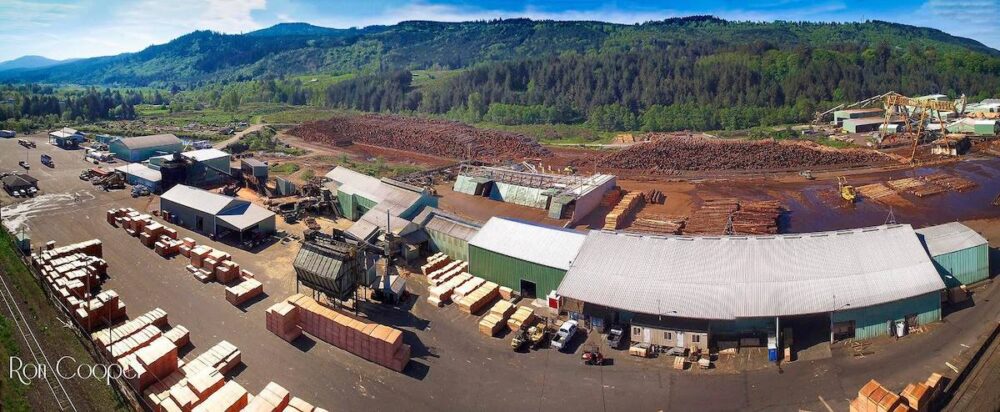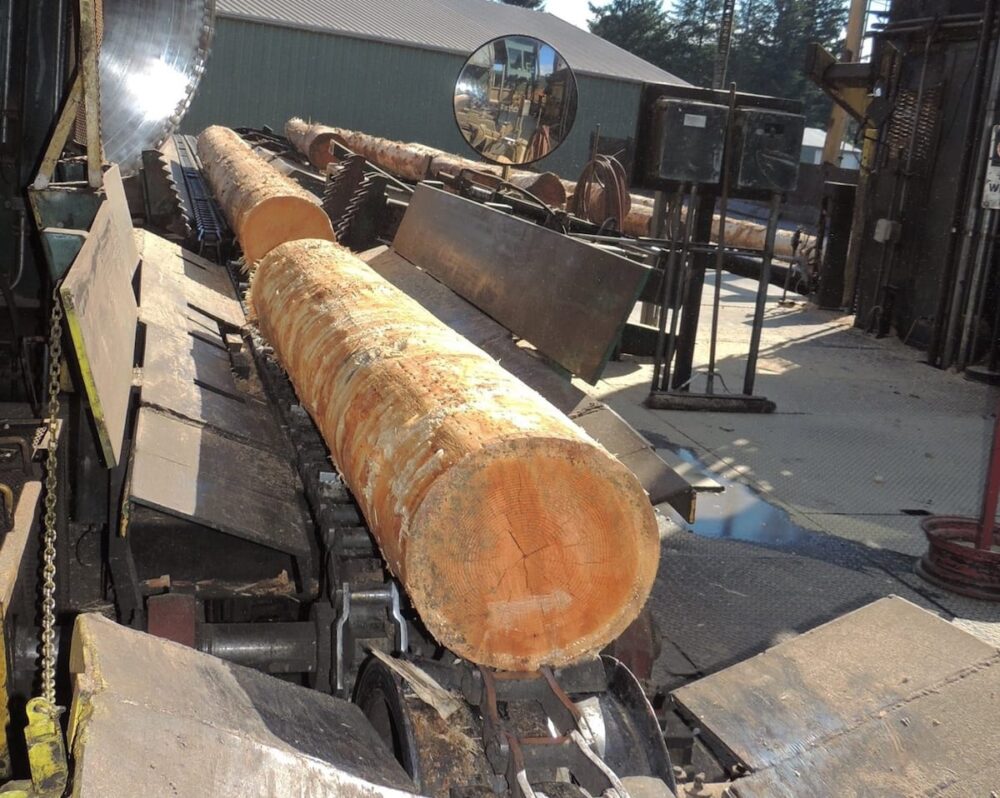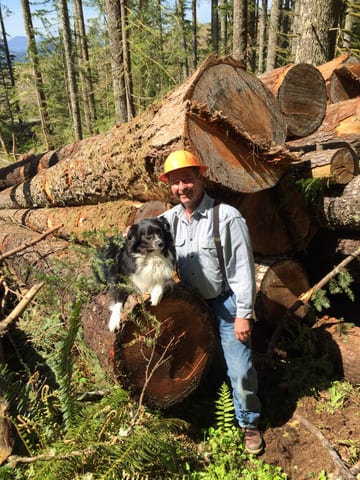September 25, 2017
The fire at the Freres Lumber Company dryer facility sparked wood products price increases the beginning of July, but a series of catastrophes has led to continued price improvements. Forest fires began in Canada, which shut down producers and limited access to timber for Canadian producers. In the Northwest US persistently hot and dry weather led to Level 4 closures, limiting daily log supplies to local producers. There were, in fact, Oregon producers who had to shut down facilities completely due to limited log availability. Hurricane Harvey and then Hurricane Irma both led to images of frantic homeowners boarding up their homes with any panel product they could find. All of this occurred during what would otherwise have been a good market anyway.

All of these events are tragedies that we would never wish on anyone, especially after having felt the pain of the tragic Plant 4 fire. The effect on our markets has been dramatic. Structural panel composite prices are now trading at a fairly tight range at two-year highs of $675. We have the longest order file since before the recession. Veneer has finally begun an undeniable upward trajectory and has increased in price by over 10% in the last couple of months. Veneer price increases were sorely needed.

The unfortunate aspect of product price increases is that for the majority of the year our prices have barely covered the price of logs we need to buy to keep the mills going. Even now, the forest closures in the west and the heavy rain we received have limited supplies and pushed log prices to the highest levels of the year. Current log prices take much of the joy away from what would otherwise be good product pricing. Our single biggest impediment to growth as a company is reliable access to quality timber.

The real tragedy is that the trees that burned in Oregon forests this year represent the treasures of the rural communities, ecologically and economically. Over 670,000 acres burned in Oregon, releasing hazardous air pollutants which were at times driven by east winds and forced into the Willamette Valley. If smoke had not reddened the eyes of folks in Eugene or Portland, you wonder if there would have been any concern at all for the state of our forests. I believe our rural communities feel the effects of the fires much more keenly than most urbanites that see the forest from the highway. The fires represent a lost prosperity in Oregon when our rural counties flourished from revenues generated from federal forestlands that were sustainably managed.


As it is, our absentee landowner would rather see our lands burn. The Department of Agriculture recently announced that over $8 billion has been spent to fight fires across the west this year alone. How much better would be Oregon be if the lands were managed productively for the environment, the wildlife, and yes, even timber production?
Subscribe
We’ll send you a notification when a new story has been posted. It’s the easiest way to stay in the know.